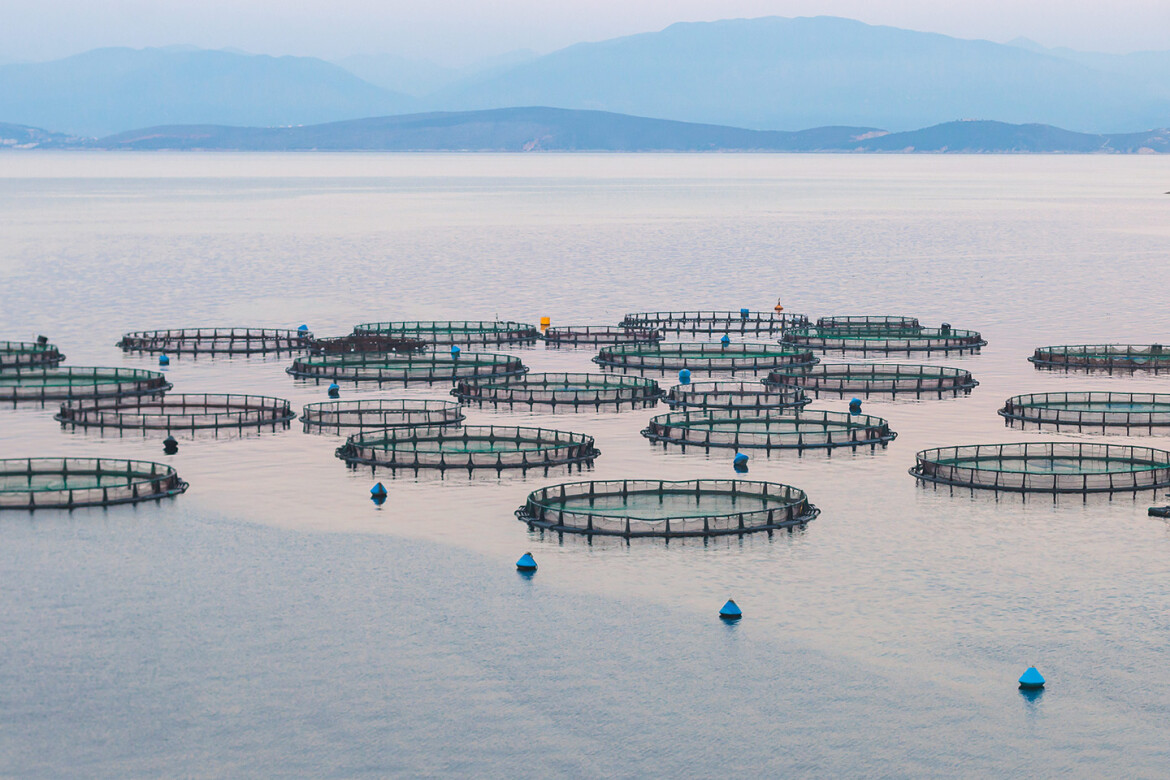A recent study, conducted by the nonprofit Centre for Aquaculture Progress, shows that European consumers are largely supportive of humane slaughter practices and willing to pay more for fish processed via these methods.
The study, "Consumer attitudes on electrical stunning of sea bream and sea bass in Greece’s largest markets," focused specifically on whether consumers were supportive of the pre-slaughter electrical stunning of sea bream and sea bass raised in the Mediterranean Sea in Greece.
Farmers usually slaughter these fish via live chilling – a method that has drawn criticism from conservation groups concerned it often leaves fish conscious and displaying signs of suffering while being harvested.
“The adoption of electrical stunning, a humane slaughter method that significantly improves fish welfare, has only been adopted to a very limited extent for [sea brass and sea bream],” the report said. “This is despite scientific evidence demonstrating that stunning before slaughter reduces stress and suffering in fish during the harvest process.”
Fish are officially protected under European Union Slaughter Regulations, and numerous interest groups, including Frontiers in Aquaculture and Compassion in Food Business, have argued for the adoption of electrical stunning as a humane method of slaughter that would comply with E.U. regulations.
The study, conducted by Satvana, revealed that consumers agree, with 83 percent supporting humane slaughter practices for sea bream and sea bass and 80 percent willing to pay slightly more for humanely slaughtered fish. The Centre for Aquaculture Progress said humanely slaughtered fish would cost consumers about EUR 0.05 (USD 0.06) more for 7 ounces of fish and around EUR 0.02 (USD 0.02) more per serving.
The study’s findings also signal broader consumer concern for animal welfare and sustainability, showing that in the long term, humane practices can be viable and even profitable for fish producers, according to the Centre for Aquaculture Progress.
“These findings highlight an opportunity for the Greek fish industry to align its practices with consumer expectations while simultaneously modernizing its harvest process,” the report said.
Greece's aquaculture industry has grown in the last 10 years, with record production and profits in 2021 and 2023, according to the most recent available annual reporting released by the Hellenic Aquaculture Producers Organization (HAPO). Sea bream and sea bass account for most of the fish produced in Greece, making up 95 percent of sales in 2021 and 92 percent of sales in 2022.
Founded in ?, the Centre for Aquaculture Progress describes itself as a "forward-thinking non-profit dedicated to improving European aquaculture for consumers, farmers, and fish."
"We work with industry leaders across the supply chain to accelerate the adoption of pre-slaughter electrical stunning technology for sea bream and sea bass," it said in a description of its activity on its website.
Its co-founders and directors are Naomi Murn, Martin Wicke, and August Hochman.








